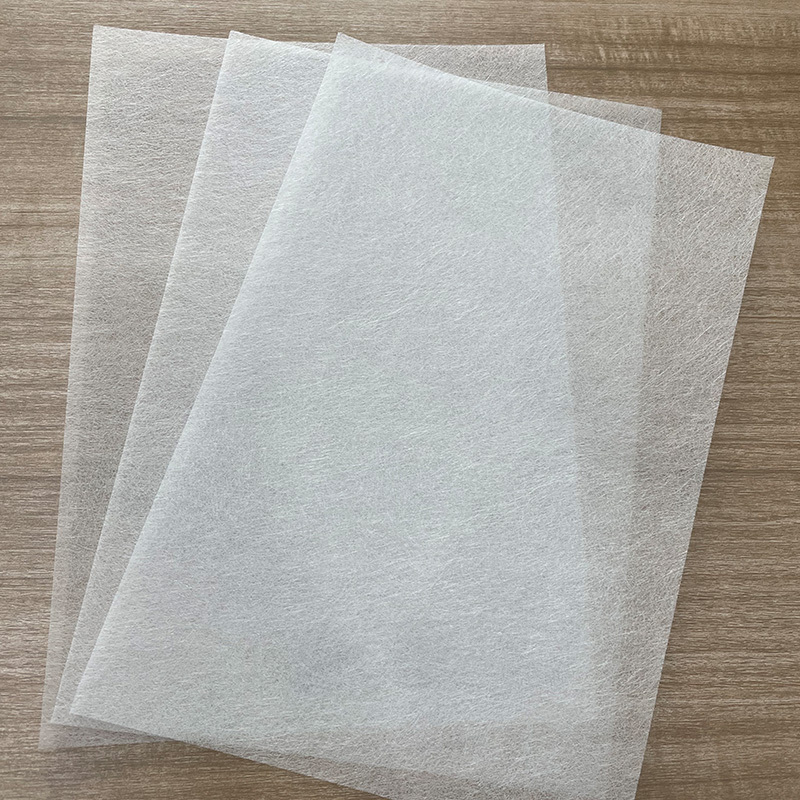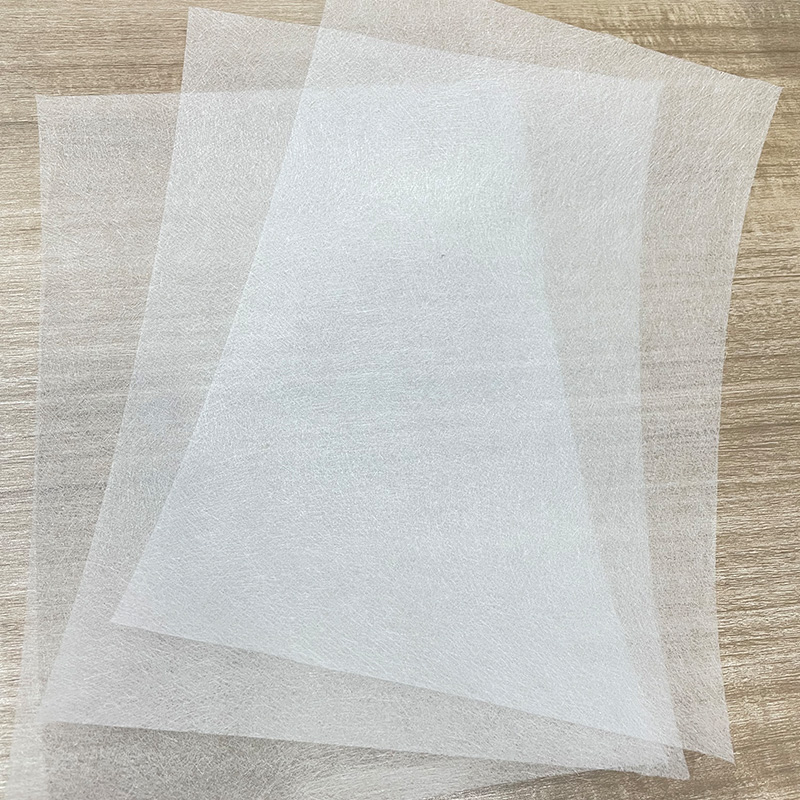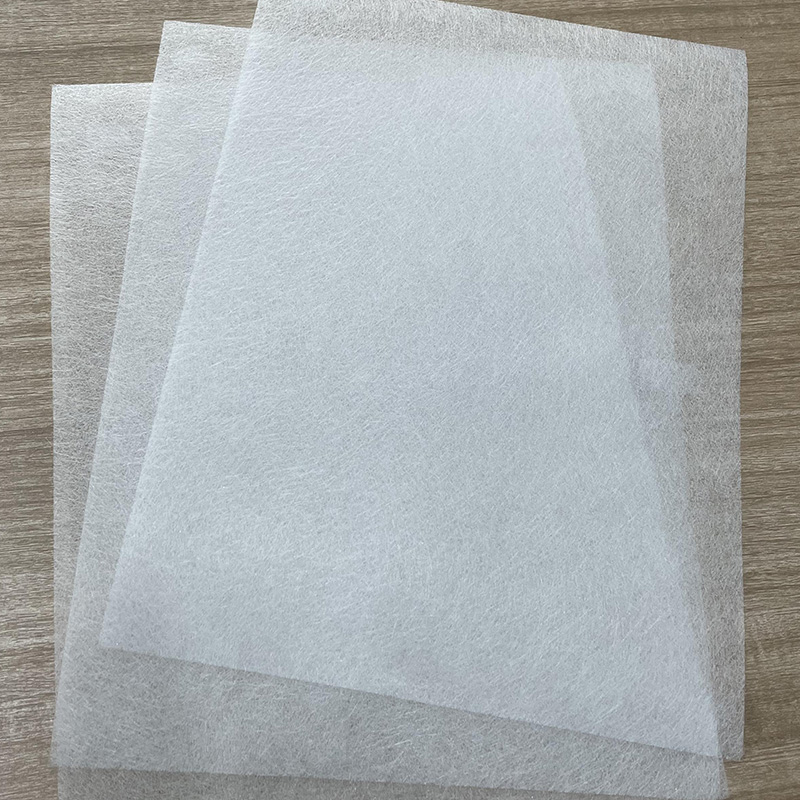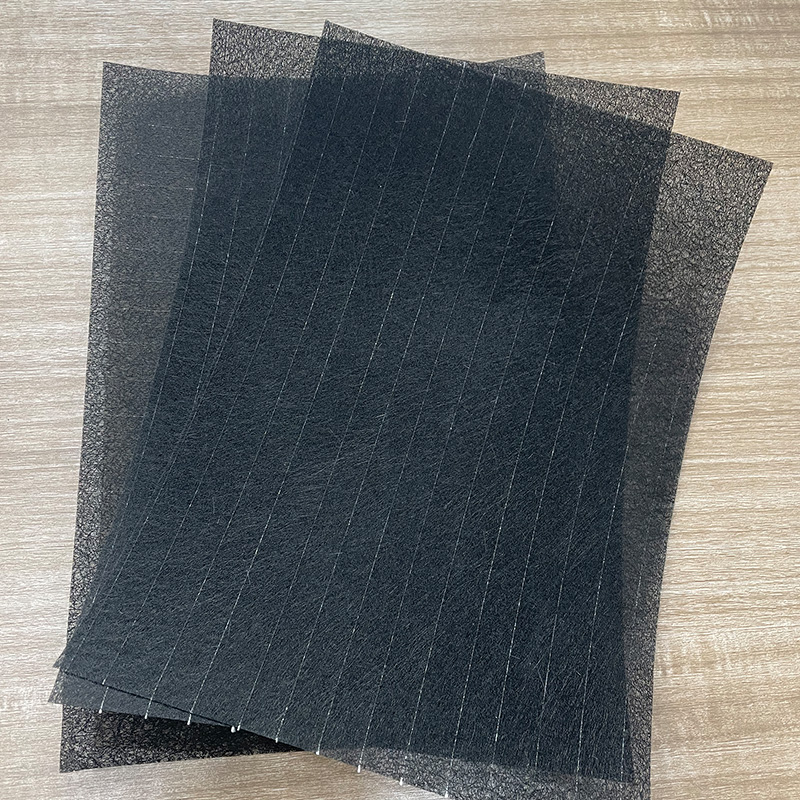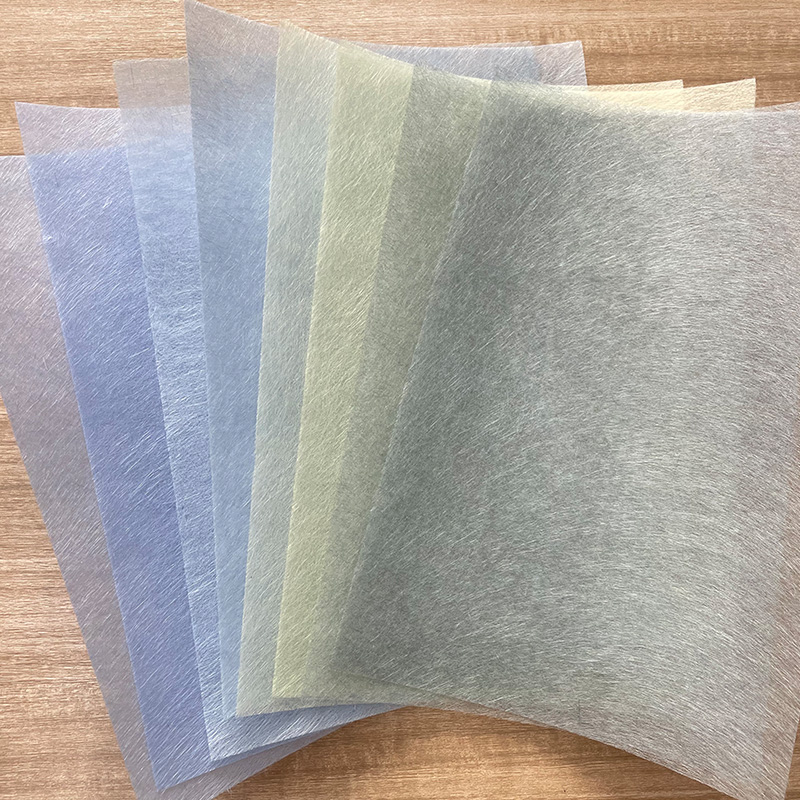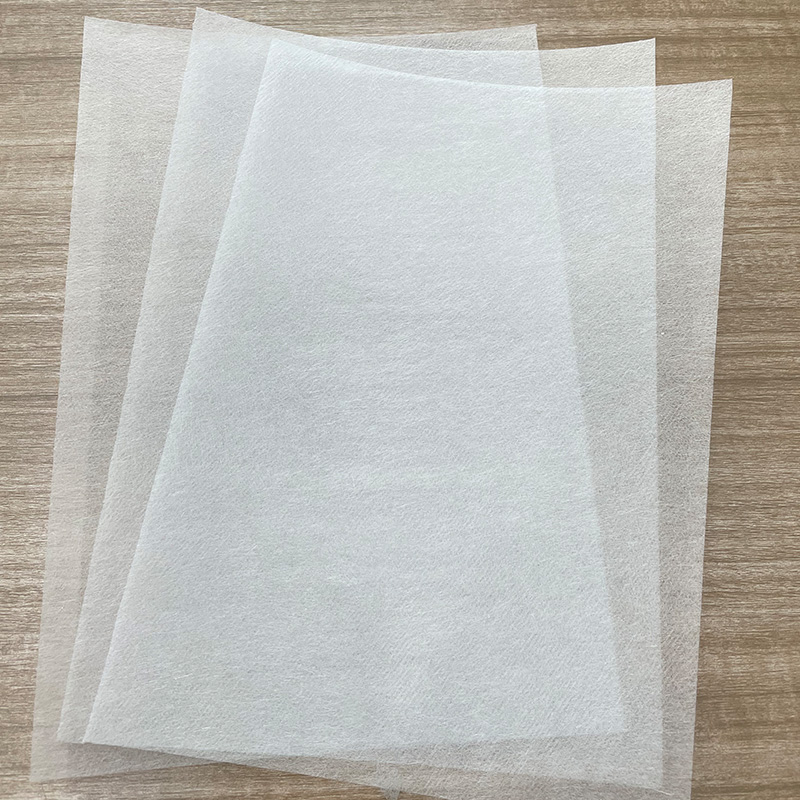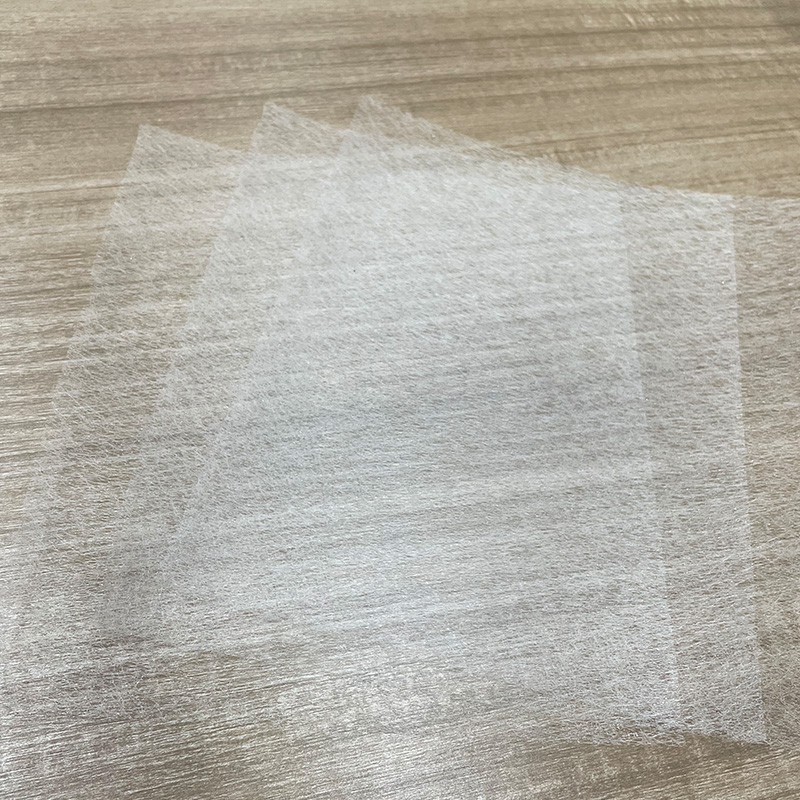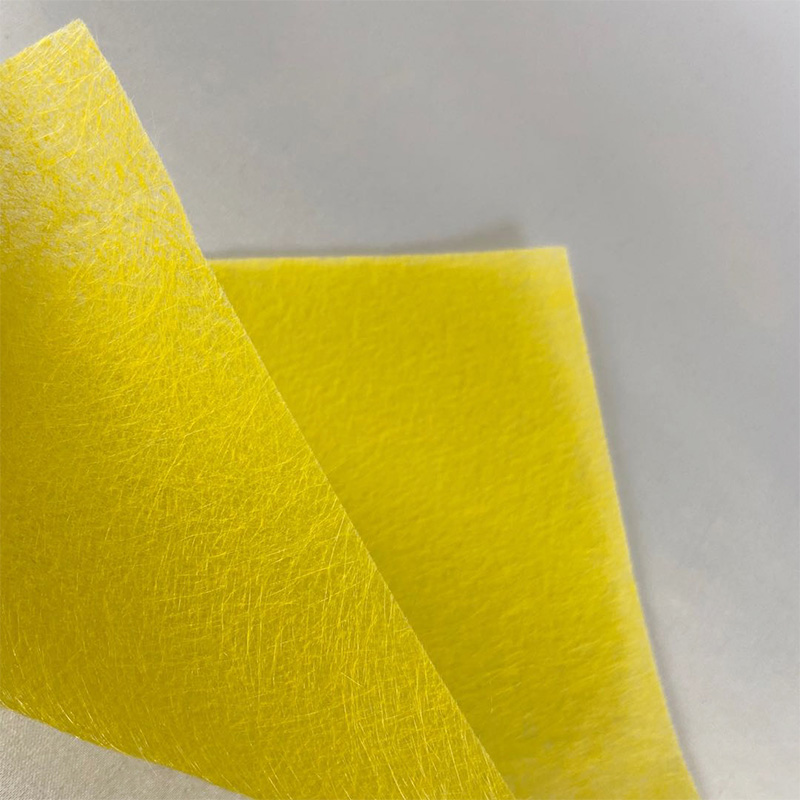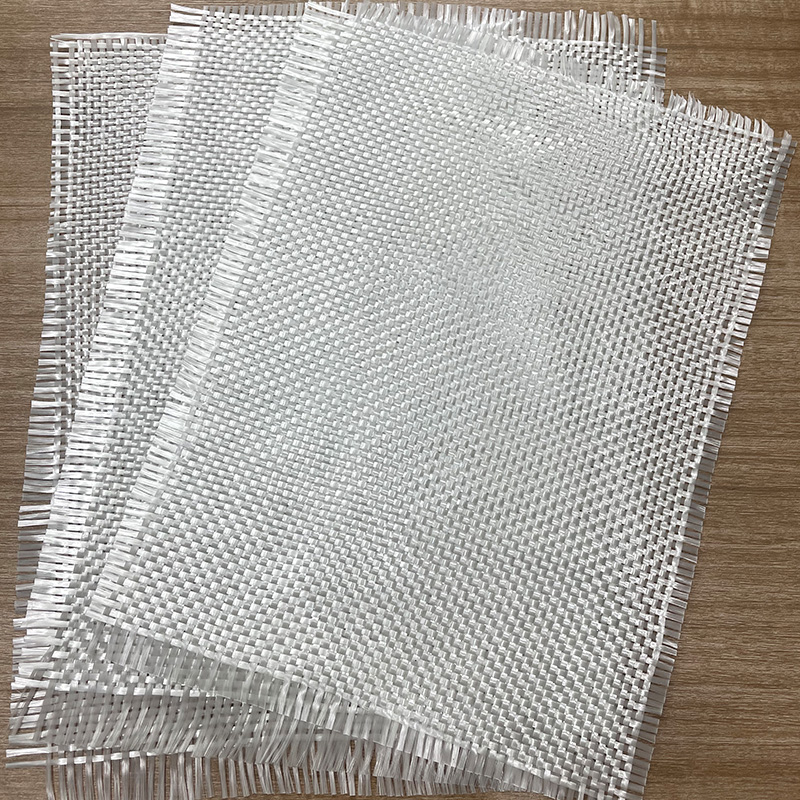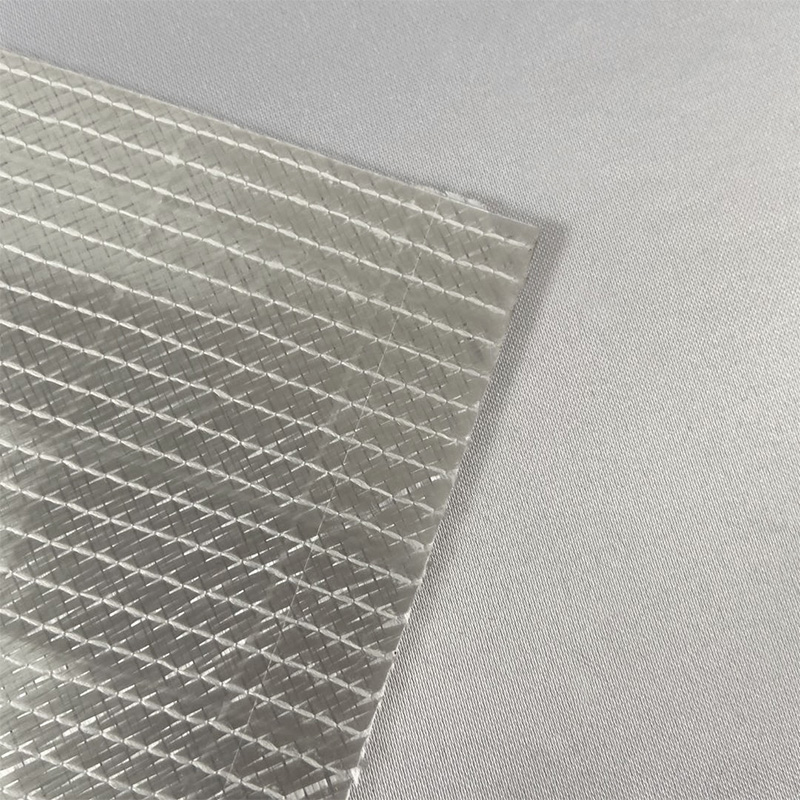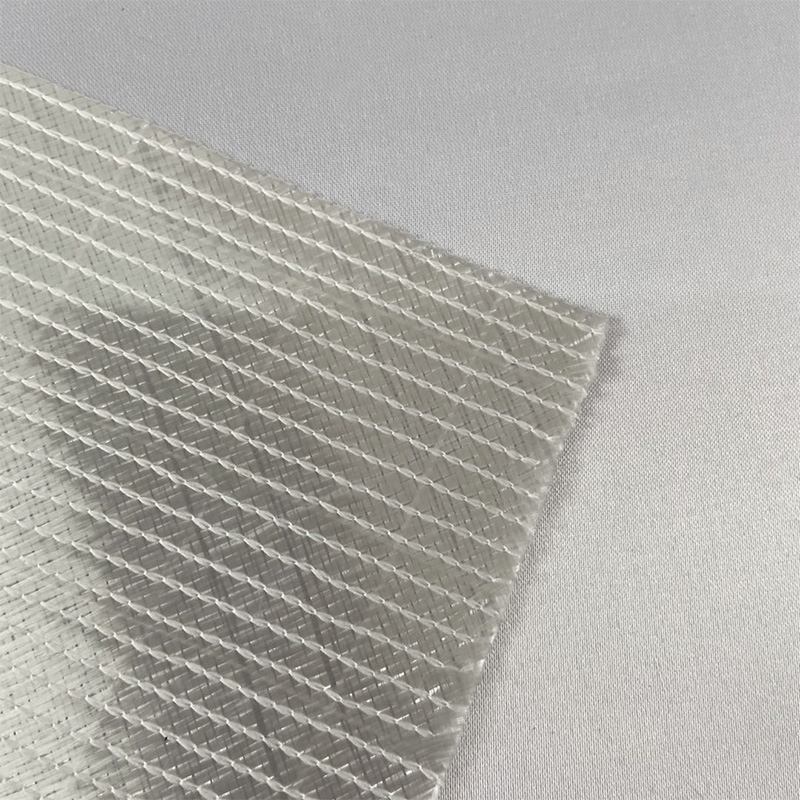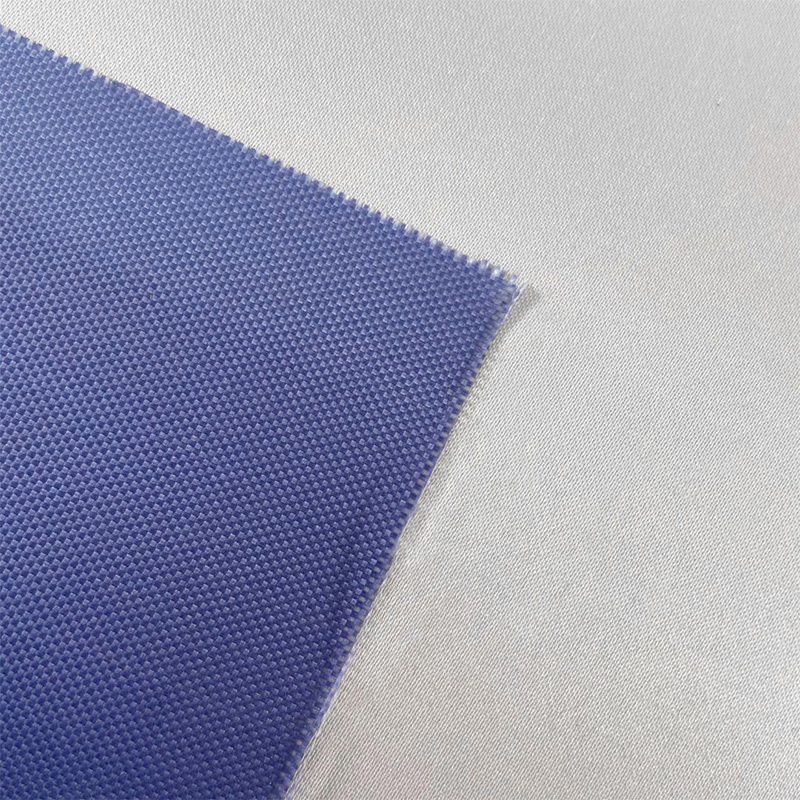1. Pretreatment of carbon fiber surface felt
Before surface treatment and modification, the carbon fiber surface felt first needs to be pre-treated to remove surface impurities and oil stains. This usually involves the following steps:
Cleaning: Use organic solvents such as alcohol, acetic acid or acetone to wipe or soak the carbon fiber surface felt to remove grease, dust, asphalt and other contaminants. This step ensures the cleanliness of the carbon fiber surface felt and provides a clean base for subsequent processing.
Surface roughening: In order to provide better adhesion and impregnation, the surface felt of carbon fiber needs to be roughened. This can be achieved by lightly grinding the carbon fiber surface felt through mechanical means, such as sandpaper or a grinder, to increase the roughness of the surface. The rough surface helps enhance the bonding force between the carbon fiber and the matrix material and improves the performance of the composite material.
Low temperature pre-oxidation: In some cases, the carbon fiber surface felt also needs to be pre-oxidized. The purpose of pre-oxidation is to cyclicize the linear molecular chains in the raw fiber into a heat-resistant structure to ensure that it will not burn or melt during the subsequent high-temperature carbonization process and avoid melting and filamentation. This step is usually carried out in nitrogen or air, and the fiber dehydration is achieved by controlling the heating rate and heating time. Pre-oxidation in air is more conducive to the dehydration reaction.
2. Surface treatment of carbon fiber surface felt
The purpose of surface treatment is to increase the roughness of the carbon fiber surface felt and improve its contact area and bonding force with the matrix material. Commonly used surface treatment methods include:
Chemical oxidation method: Use oxidants to oxidize the surface of carbon fibers to generate oxygen-containing functional groups, increase surface polarity, and improve compatibility with matrix materials.
Electrochemical oxidation method: In an electrolyte solution, the surface of the carbon fiber is oxidized by applying electric current to generate a more uniform oxide layer.
Plasma treatment method: Use plasma to bombard the surface of carbon fiber to cause etching and oxidation of the surface, increasing surface roughness and activity.
3. Modification treatment of carbon fiber surface felt
Modification treatment aims to further improve the interface properties between carbon fiber and matrix materials by introducing specific functional groups or substances. Common modification methods include:
Coating modification: Coating a layer of coating materials with specific properties, such as polymers, metals or ceramics, on the carbon fiber surface felt to improve its wear resistance, corrosion resistance or thermal conductivity.
Graft modification: Grafting molecular chains with specific properties to the surface of carbon fiber through chemical reactions, thereby changing its surface chemical properties and enhancing the interface bonding force with the matrix material.
Composite modification: Composite carbon fiber with other materials (such as nanoparticles, carbon nanotubes, etc.) to form composite materials with excellent properties, further improving the performance of carbon fiber.
4. Post-processing and performance evaluation
After surface treatment and modification, the carbon fiber surface mat needs to undergo post-processing and performance evaluation to ensure that it meets the usage requirements.
Post-processing: Clean and dry the modified carbon fiber surface felt to remove residues and impurities generated during the treatment process.
Performance evaluation: Use a series of experimental methods to evaluate the performance of the modified carbon fiber surface mat, including interface bonding strength, mechanical properties, thermal properties, etc. Based on the evaluation results, surface treatment and modification processes can be optimized and adjusted for better performance.
5. Things to note
During the surface treatment and modification process of carbon fiber surface felt, you need to pay attention to the following points:
Choose appropriate treatment methods and modifiers to ensure optimal treatment and modification effects.
Control parameters such as temperature and time during processing and modification to avoid damage to carbon fibers.
The treated carbon fiber surface felt is thoroughly washed and dried to remove residues and impurities. Conduct strict performance evaluation on the modified carbon fiber surface felt to ensure that it meets the usage requirements.
The surface treatment and modification of carbon fiber surface felt is a complex and delicate process that requires comprehensive consideration of multiple factors to obtain the best performance improvement effect. Through reasonable treatment and modification methods, the interface bonding force between carbon fiber and matrix material can be significantly improved, the overall performance of the composite material can be enhanced, and strong support can be provided for the wide application of carbon fiber.


 English
English 中文简体
中文简体 русский
русский Español
Español